
Mona Lisa model’s headless body may have been discovered by Italian archeologists
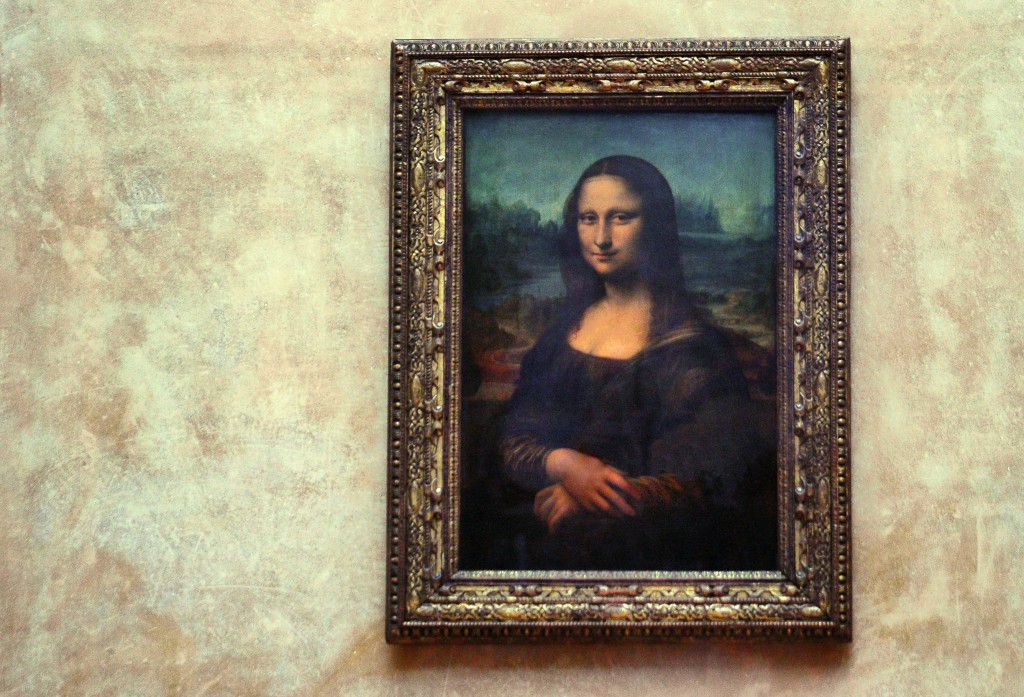
Classic smile – explored – Riccardo Cuppini via Flickr
Aaron Pape reports on one of the biggest mysteries in art history: who modelled for Da Vinci’s world famous Mona Lisa, and has her (headless) body really been discovered?
For centuries, the Mona Lisa has mystified art lovers around the globe… until now, apparently. Italian archaeologists have been attempting to solve the mystery behind the identity of one of the world’s most famous models. The Mona Lisa, which was painted between 1503-1517, remains as one of the most famous and recognisable works of art, and rests in its rightful place at the Musée du Louvre in Paris, attracting thousands of visitors every week. It is the best known, the most visited, and the most written about work of art, and is constantly subject to parodied duplicates.
The true identity of the woman has been subject to persistent argument between art historians for centuries. However, the Italian archaeological team are certain that Florentine Lisa Gherardini was the enigmatic woman who sat for Leonardo Da Vinci’s portrait. A note written by an Italian government clerk named Agostino Vespucci in 1503 identifies Lisa Gherardini as the subject of the painting. This is however the only piece of evidence, and still remains under some scrutiny. After spending years exhuming skeletons in the city, the only lead archaeologists currently have is a piece of femur (thigh bone) that may have belonged to Gherardini. Unfortunately, the bone fragment is too damaged for DNA testing.
Gherardini’s husband is allegedly believed to have commissioned Da Vinci to paint a portrait of her in the early 1500s. She died, and was most probably buried, in Florence in 1542. Archaeologists began to unearth skeletons in 2011 to determine her remains. Thanks to radiocarbon dating, 12 of the skeletons that were exhumed (some of which were just bone fragments) matched the same period as Gherardini, and were put under further investigation.
Perhaps one of the most perplexing features of the Mona Lisa is her face, most notably her curious smile. It has baffled art historians for centuries who have attempted to determine what this expression could represent. This curiosity will have to continue, as when exhuming the body believed to belong to Gherardini there was, peculiarly, no head attached to it. This not only eradicated the option to compare the head to the painting for further investigation, but now the enigmatic nature of the model’s smile will continue to mystify observers.
Historian and Leader of the National Committee of Historic, Cultural and Environmental Heritage, Silvano Vinceti, led the research and said it was “a coming together of elements, from anthropological exams to historic documents, which allows us to conclude that the remains probably belong to Lisa Gherardini.” Regrettably, the shards could not be tested for DNA due to the extreme humidity in the burial chamber, which caused the skeletons to deteriorate for centuries. Sadly, the mystery now continues and we may have to wait a bit longer before uncovering one of the most bewildering subjects in the history of art.






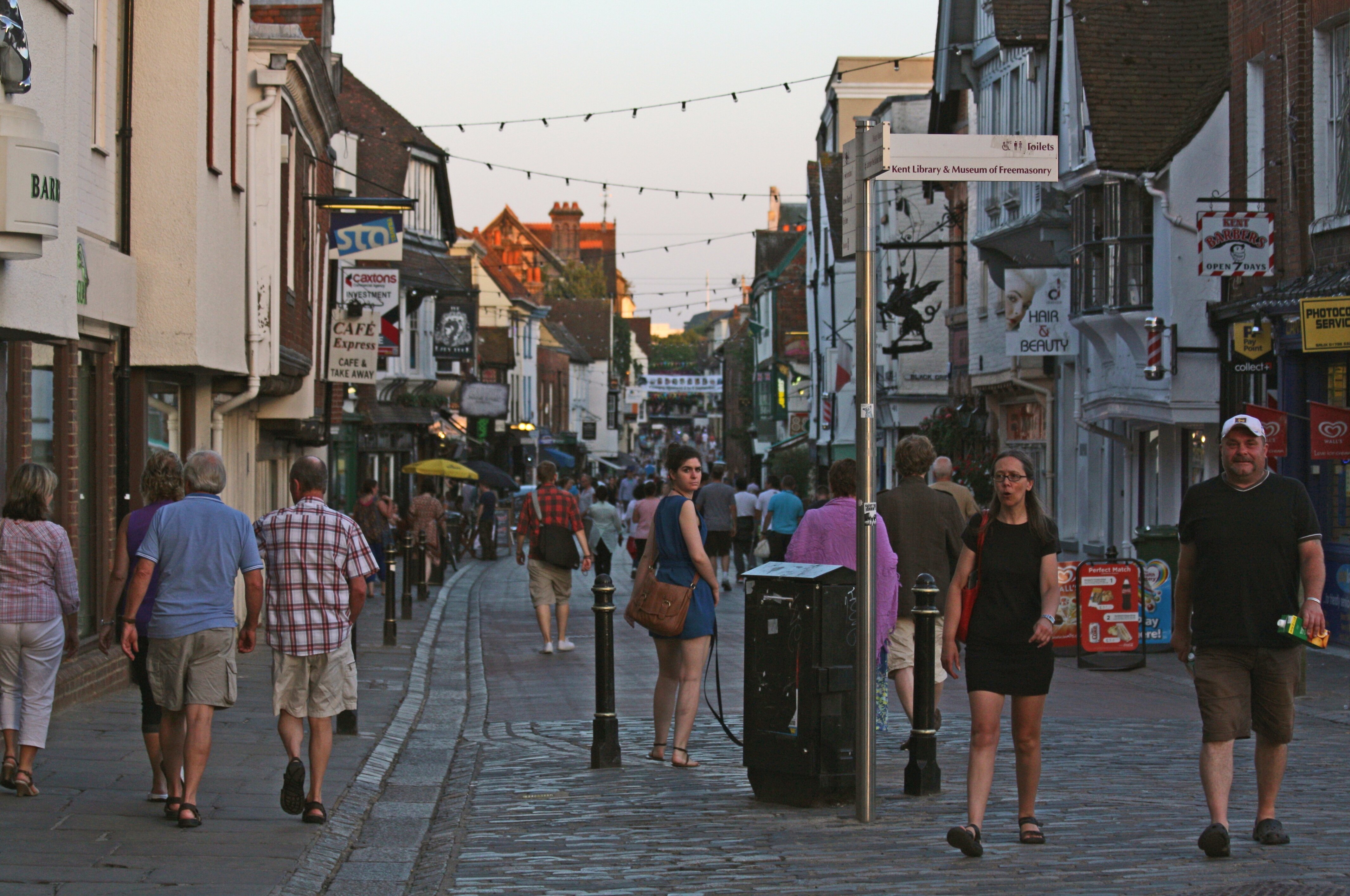







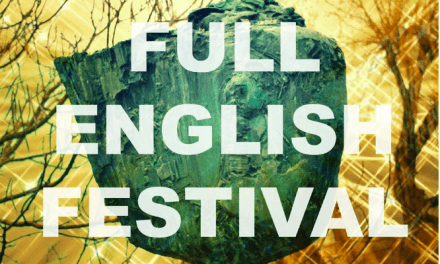






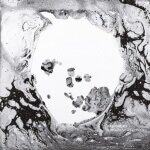








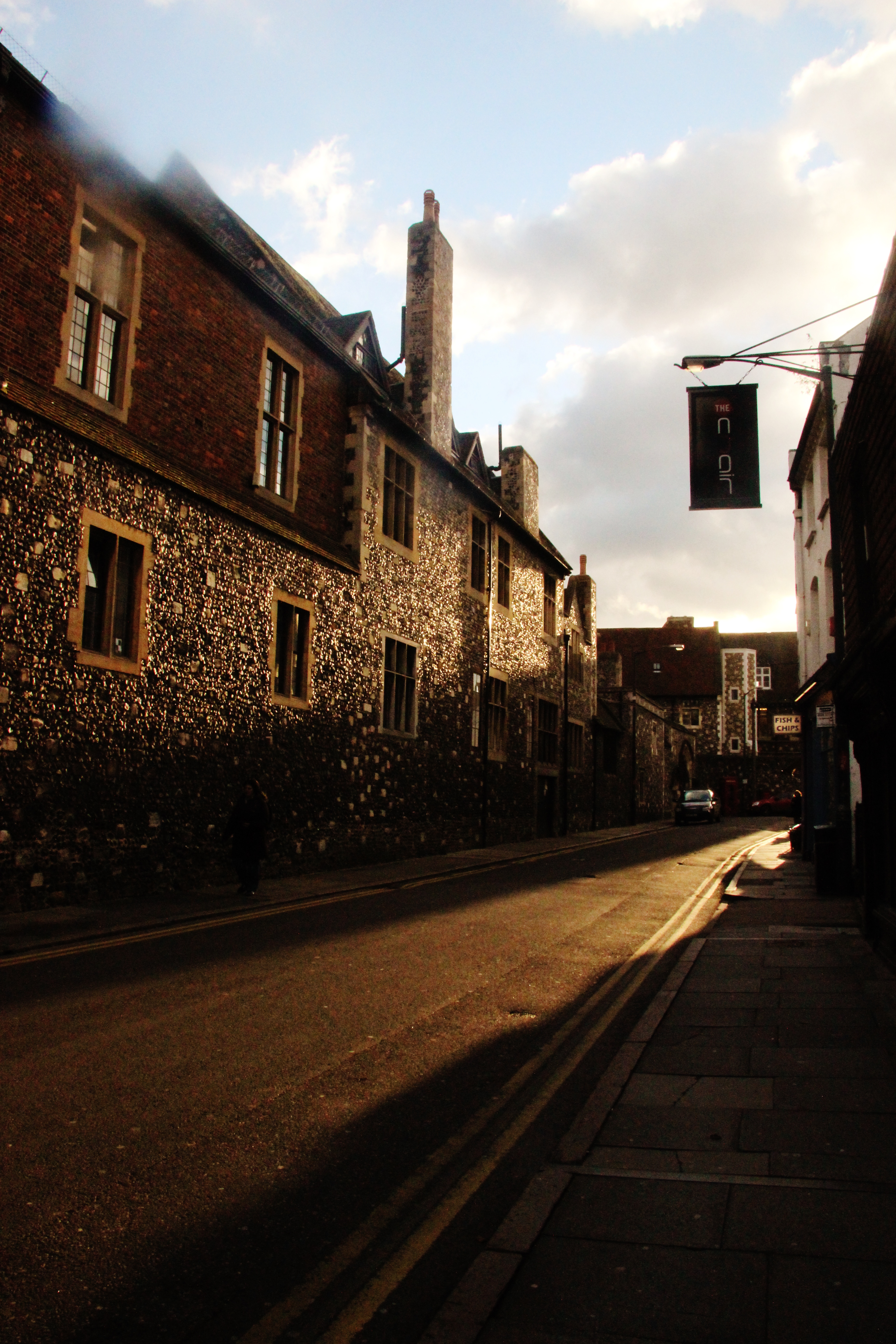

Discussions